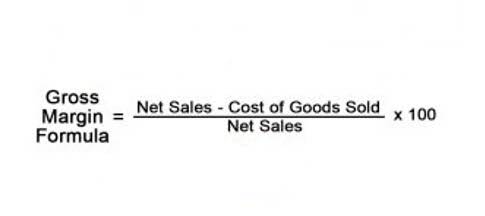
Accounts payable are generally settled according to a predetermined schedule agreed upon by the customer and the vendor. The difference between the accounting face value of the notes payable and the cash received is referred to as the discount, and represents the cost to the business of issuing the note. Non interest bearing notes payable are issued by a business for cash, and are liabilities representing amounts owed by the business to a third party. Debt sale to a third party is a possibility with any loan, whichincludes a short-term note payable.
Journal Entry for Issuance of Promissory Note

Notes Receivable record the value of promissory notes that a business owns, and for that reason, they are recorded as an asset. NP is a liability which records the value of promissory notes that a business will have to pay. Notes payable is a formal contract which contains a written promise to repay a loan. Purchasing a company vehicle, a building, or obtaining a loan from a bank for your business are all considered notes payable. This journal entry will eliminate the $50,000 note payable that we have recorded on July 1, 2021, as well as the $2,500 interest payable that we have recognized on December 31, 2021.

Inventory or purchase
- You should consider our materials to be an introduction to selected accounting and bookkeeping topics (with complexities likely omitted).
- If the bonds are issued at a premium (above face value), the entry includes a premium on bonds payable account.
- An interest-bearing note is a promissory note with a stated interest rate on its face.
- A short-term notes payable does not have any long-term characteristics and is meant to be paid in full within the company’s operating period (less than a year).
- In this journal entry of issuing the $10,000 promissory note, both total assets and total liabilities on the balance sheet increase by the same amount of $10,000 as of July 1, 2021.
- Amounts are routinely entered into this account when the company’s payroll records are processed.
The accounts payable process starts with the generation of a Purchase Order. A purchase order is a buyer’s request for goods or services to the vendors. A liability, though, is only noted after the purchases have been delivered and an invoice is sent by the vendor. Moreover, failing to accurately account for Notes Payable can have serious consequences. It could lead to underreporting or over-reporting of liabilities, which could distort the company’s financial position, misguide decision-making and risk non-compliance with law. Hence, maintaining accurate financial records, especially for significant items like Notes Payable, proves critical for the success and integrity of businesses.

Understanding the Qualitative Characteristics of Useful Accounting Information
If the bonds are issued at a premium (above face value), the entry includes a premium on bonds payable account. Notes Payable resembles any loan, which binds borrowers and lenders against payment and repayment liabilities. Finally, at the end of the 3 month term the notes payable have to be paid together with the accrued interest, and the following journal completes the transaction. When a borrower issues non-interest bearing notes, they must be recorded in the accounts books by using the imputed interest rate technique. The non-interest bearing notes are usually short-term in nature and recorded under current liabilities for the borrowers. The journal entry is debiting interest payable $ notes payable journal entry 8,000 and credit cash $ 8,000.

Interest is still calculated as Principal x Interest x Frequency of the year (use 360 days as the base if note term is days or 12 months as the base if note term is in months). A related account is Supplies Expense, which appears on the income statement. The amount in the Supplies Expense account reports the amounts of supplies that were used during the time interval indicated in the heading of the income statement. The 500 year-old accounting system where every transaction is recorded into at least two accounts.
Information shown on a Note Payable
In the preceding note, Oliva has agreed to pay to BancZone $10,000 plus interest of $400 on June 30, 20X8. The interest represents 8% of $10,000 for https://onle2023.excelentacj.ro/index.php/2023/04/05/understanding-double-declining-balance-2/ half of a year (January 1 through June 30). This blog will guide you through these rules and how they shape financial recording and reporting.